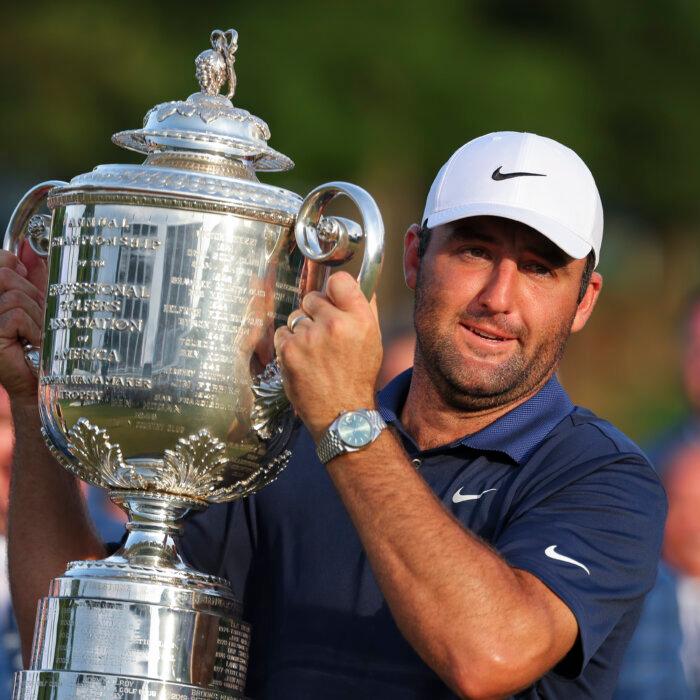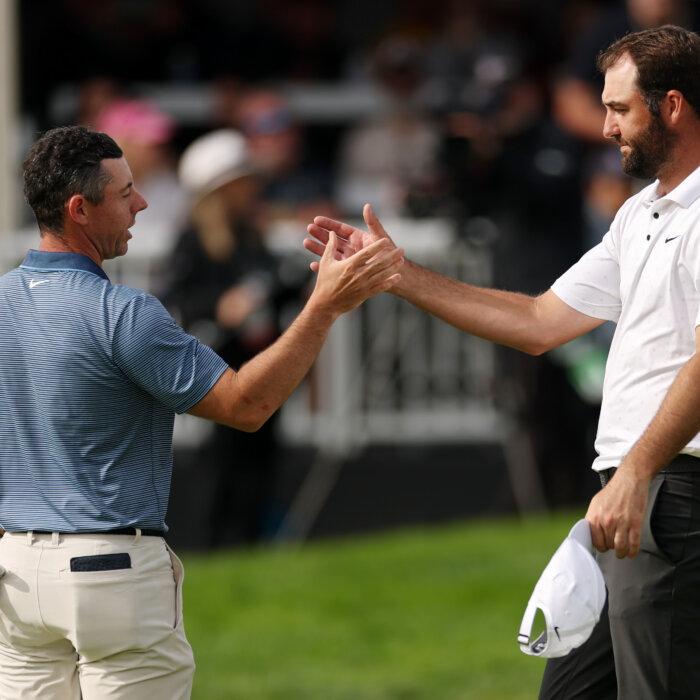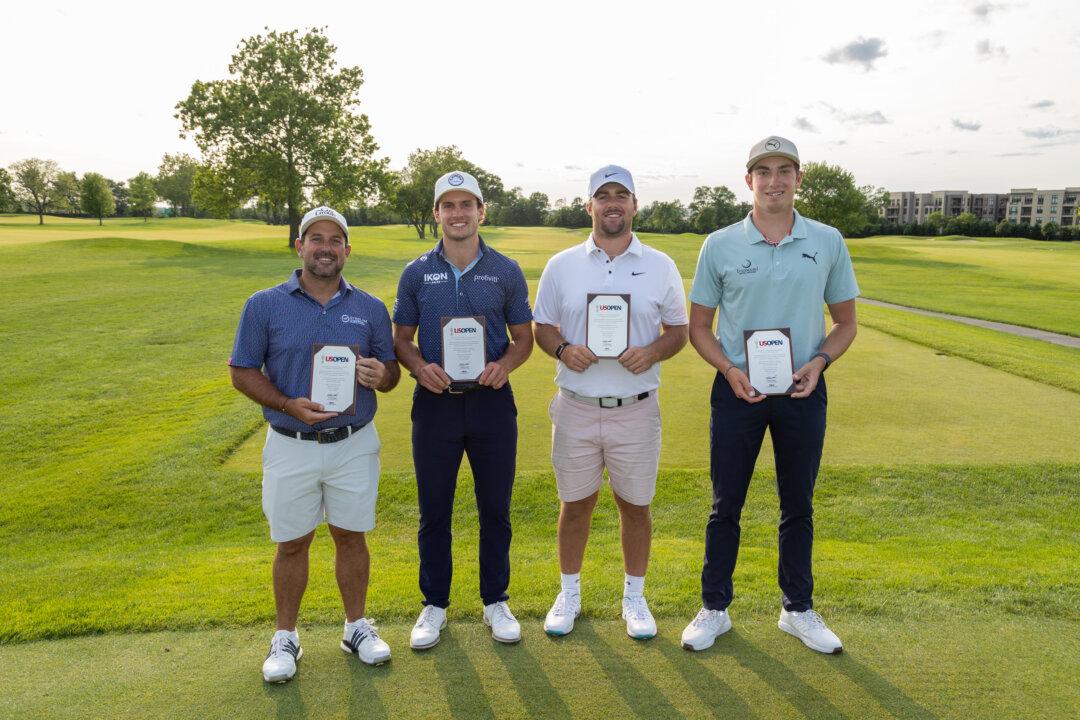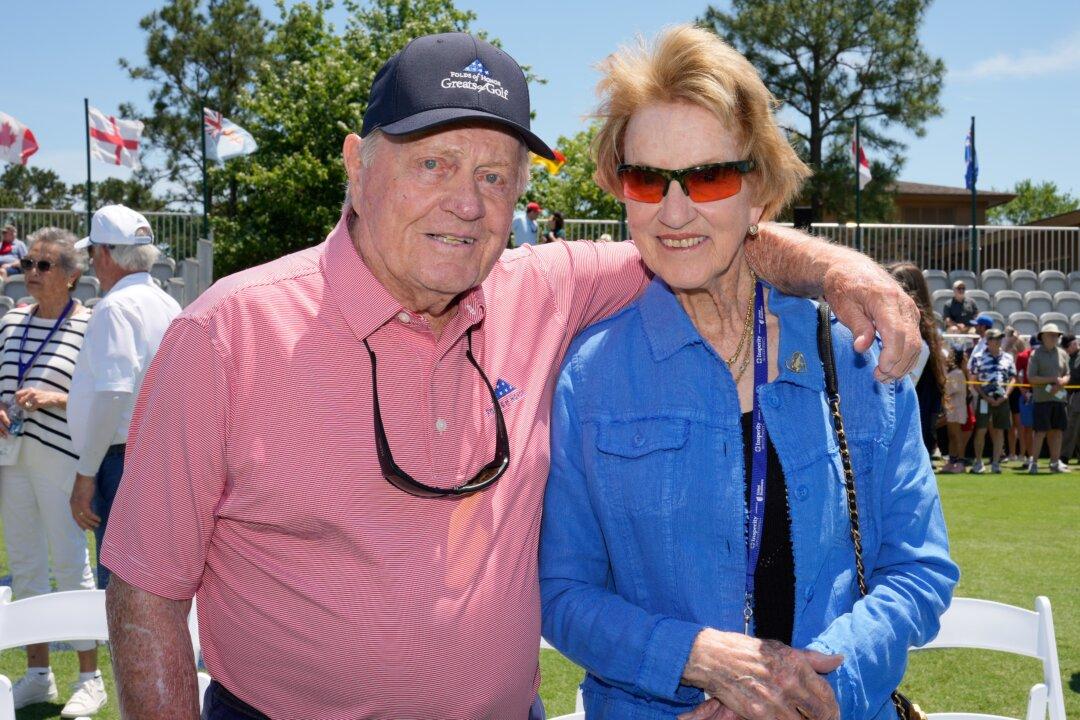BETHESDA, MD.—Congressional Country Club’s stately clubhouse occupies the highest portion of the terrain as it looks out over the property.
Proximity to power is the calling card for the 380-acre Congressional CC, just 12 miles northwest of the White House and Capitol Hill.
Interestingly, when the 1921 U.S. Open was played at Columbia CC in Chevy Chase, Maryland, the sitting president—Warren Harding—was the first chief executive to be on hand and present the winner with the championship trophy.
Three years later, Congressional was officially opened by President Calvin Coolidge, an event worthy of a front-page story in The Washington Post. Founding members included former Presidents William Taft and Woodrow Wilson. In the years to follow, former President Herbert Hoover would be on property. Following World War II, former President Dwight Eisenhower and his Cabinet were frequent visitors. In years to come, former Presidents George H.W. Bush, Bill Clinton, and Barack Obama would play there, too.
Originally, the club had a relatively straightforward 18-hole course designed by gifted architect Devereux Emmet. There were also swimming pools, tennis courts, a bowling alley, comprehensive banquet and dining halls, 20 overnight rooms, and a presidential suite. The nation’s elite were clearly front and center.
The genesis of the club came from two Indiana businessmen who founded it as a venue for politicians and cognoscenti to meet, unconstrained by red tape and formality. In the early years, golf was a secondary consideration, and during World War II, the club was commandeered as a training ground for highly secret activities. The Office of Strategic Services—later called the CIA—used the property for a number of military training operations.
In 1964, 40 years after its opening, the club played host to the sport’s most important event, the U.S. Open. Congressional’s layout was the longest, and the main storyline coming out of that event was the searing heat and humidity that nearly caused Ken Venturi to be hospitalized. Venturi had to play two 18-hole rounds in one day, and a doctor was summoned to accompany him on his way to securing the title. Afterward, the U.S. Golf Association (USGA) changed the long-time format of 36 holes played on the final day to one round played per day over four days.

In the years to follow, Congressional saw various golf course architects plant their fingerprints on the property. Prior to hosting the 1964 U.S. Open, the club engaged the services of the most sought-after architect—Robert Trent Jones Sr. Jones added nine new holes in 1957 and remodeled the original Emmet design. Additional changes were carried out by Jones’s son Rees in 1989. George and Tom Fazio were also hired in 1977 and added a fourth nine.
Hosting golf events of stature became part of the club’s agenda. In 1976, the PGA Championship was played there, and the winner was Dave Stockton. From 1980 to 1986, the club was the venue for the Kemper Open. In 2005, the PGA Tour returned with the Booz Allen Classic.
Congressional never rated highly as a golf course to many aficionados in the architectural community, but the close proximity to the corridors of power in Washington mattered more. When the Kemper was played, PGA Tour Commissioner Deane Beman originally hailed from the nation’s capital and provided the needed impetus for the PGA Tour to grow rapidly during his tenure from 1974 to 1994.
His successor also had a clear Washington connection. After practicing law in Virginia Beach for three years, Tim Finchem served in the White House during the Carter administration as deputy adviser to the president in the Office of Economic Affairs in 1978 and 1979. Finchem, prior to ascension to the commissioner’s position on the PGA Tour, cofounded the National Marketing and Strategies Group in Washington. Finchem would serve as commissioner of the PGA Tour from 1994 to 2016.
The USGA also saw the value in keeping Congressional on its short list of preferred venues when staging the 1995 U.S. Senior Open. Two years later, the national championship of American golf—the U.S. Open—was played and won by Ernie Els. Clinton was on hand for a portion of that event, which returned in 2011 and was won by 22-year-old Rory McIlroy with a record-setting performance.

Through the years, the facility has used various course configurations, including having a par-three hole as the final hole (1997 U.S. Open). Two holes from the adjacent course were also used for the 1976 PGA Championship.
In 2009, the “Open Doctor,” Rees Jones, was called back to reverse the direction of the 18th—now the 218-yard 10th, with the rest of the routing shifted accordingly, making the long and testing 523-yard par-four 17th the new finishing hole. The closer provides a demanding ending with a peninsula green that’s well-protected by water on the left and rear sides.
For this week’s Senior PGA, the Blue Course will again be used and will play to a par-72 at 7,152 yards.
The course was updated by architect Andrew Green, who was hired in February 2019. Green tried to bring to the forefront design elements that would modernize the golf but pay homage to architectural elements from the 1920s.
Fairways were widened from 25 to 45 yards. Ninety-eight bunkers existed previously on the Blue Course, averaging 954 square feet for a total of 93,450; now, there are 138 bunkers at an average size of 739 square feet for a total of 102,000.
The beauty has been enhanced, and the scale of the property is now more easily seen and appreciated.

Green’s involvement has now given proper due to the golf side. For years, the main focal point was the 135,000-square-foot Spanish Revival building that dominates the landscape due to its imposing scale and its location on the highest point of the property, a position overlooking the start and finish of each course.
The connection to the Washington area remains active, as the PGA of America has partnered to host a series of championships in the coming years. The Senior PGA will return in 2033. In addition, the club is scheduled to host the 2027 KPMG Women’s Championship, the 2029 PGA Professional Championship, the 2030 PGA Championship, and, most importantly, the 2037 Ryder Cup.
One of the special touches found at Congressional is that the tee markers look like the U.S. Capitol dome.
This week’s Senior PGA Championship marks a coming-out moment for the club. Congressional CC is now a news item where power, people, and prestige are front and center, just as they were when the club came into being more than 100 years ago.







